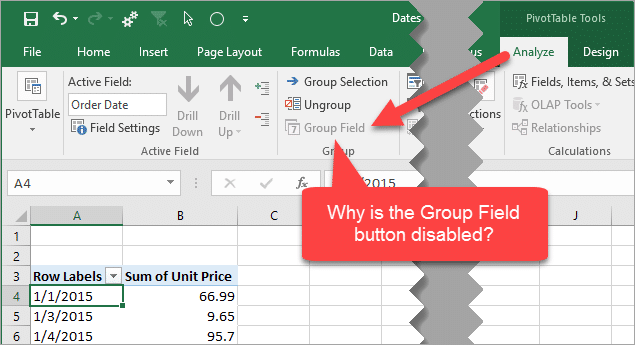

The other PivotTable buttons preview the various types of pivot tables that can be created from the selected data. The Table button previews how the selected data would appear formatted as a table.

To preview various types of pivot tables that Excel can create for you on the spot using the entries in a data list that you have open in an Excel worksheet, simply follow these steps:

See below and also here for more examples.Įxcel 2019 makes it simple to create a new pivot table using a data list selected in your worksheet with its Quick Analysis tool. Learning to 'read' the fields pane takes a bit of practice. Note: the pivot table fields pane shows how fields were used to create a pivot table. The Filters area is used to apply global filters to a pivot table. To build a pivot table, drag fields into one the Columns, Rows, or Values area.

For example, if you're tracking sales on a monthly basis, arrayed across the horizontal axis (the columns) of your Pivot Table, you could designate the Target figures and actual Sales figures as JanTar, JanSls, FebTar, FebSls, etc., as a subordinate category. Combine Pivot and regular table (on Mac) Combine Pivot and regular table (on Mac).


 0 kommentar(er)
0 kommentar(er)
